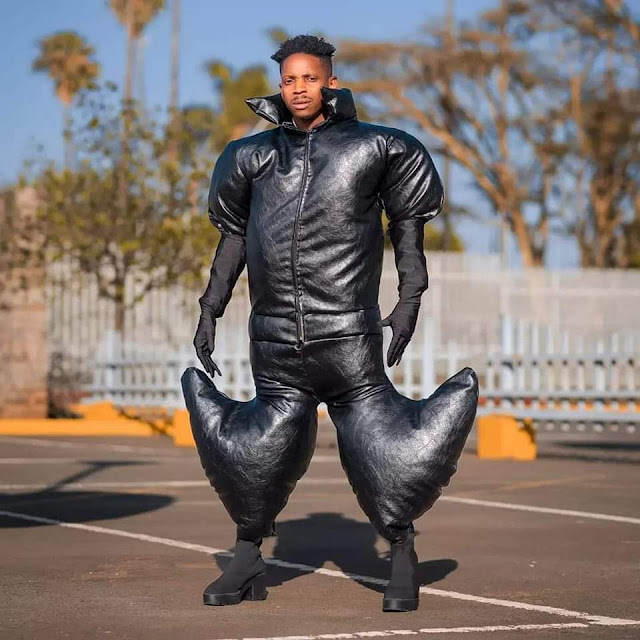Before anything else, keep reading! Do you also know what it is, secondly? I had an idea, but I changed my mind and opted to delve further into a fashion feature that some people adore while I grimace, turn the page, and move on. Poor fashion, how it harms the environment. Shein, H&M, and Zara clothing is disposed of in landfills where it is not biodegradable. For the record, sustainable fashion is a word used to describe clothing, accessories, and other fashion items that are designed and produced in a manner that is socially and environmentally conscious.
The Maasai women who make the beaded items you buy are sustainable fashion practitioners. Your money empowers them and is invested.
According to certain definitions, sustainable fashion is environmentally friendly, made of recycled materials, and, like in the instance of Maasai beadwork, employs fair labor methods.
Slow fashion is the next option.
This trend promotes fashion that is sustainable and conscious. It is the antithesis of fast fashion and takes an ethical stance toward those involved in the supply chain in an effort to lessen pollution. Additionally, it can make you feel good about yourself.
Because it isn't really sustainable, sustainable fashion has an issue. The term implies anything that can be accomplished over a considerable amount of time. Long-term health and well-being are supported by the procedures and methods used in it. Add fashion, and trouble begins to brew.
Transparency is one of the principles of sustainable fashion. knowing the source of something's manufacture, whether it be the basic resources.
For instance, sweatshops are the devil of sustainable fashion. Fast access to products is made possible by cheap labor for brands. Additionally, it supports harmful behaviors including poor pay, excessive labor demands, and hazardous working conditions.
The former COO of Timberland, Kenneth Pucker, underlines in his piece The Illusion of Sustainable Fashion in the Harvard Business Review that perhaps it's time to "retire sustainability." But, we could also benefit from greater openness.
According to the book, corporations must "design a corporate structure that is regenerative" and "disclose their lobbying efforts, use their clout to affect constructive change." It is not very promising to let corporations handle the business of fashion. not even if submitting sustainability reports were required.
According to the Business of Fashion's Sustainability Report, businesses, in particular from the annual reports of 15 of the biggest fashion enterprises in the world, are essentially just talking about things they haven't yet taken action on.
"The findings indicate encouraging participation, yet the talk surrounding sustainability in the fashion industry frequently precedes companies' actual activities. Target-setting information is considerably easier to get than performance data or specific plans for strategic investments to achieve these goals. I have already argued in favor of the fashion industry's potential to boost the economy of the nation. The benchmark is GDP. But what if we substitute a different vetting mechanism for GDP? If, for example, we focused on happiness - (social, natural, economic and human capital)
According to Vogue, "Denim is known as one of the more resource-heavy, environmentally damaging items we buy, and the reason is simple: Denim is made from cotton—lots of cotton—and the majority of cotton is grown with harmful fertilizers and pesticides and requires enormous amounts of water to produce."
Let's go back to the deliberate pace. According to McKinsey, Americans purchase new clothing every five days on average. Three of the aforementioned garments will be discarded for every five new ones that are made. This is probably not our domain.
What Does Slow Fashion "Actually" Mean? was a question posed by Forbes. Producing clothing with timeless styles and top-notch durability is the solution. similar to a white t-shirt. Remember that a sock can only be made in so many variations.
In the meantime, sustainable fashion is good—at least in theory—because it accomplishes wonderful things like lowering carbon footprints, requiring less water, promoting fair wages, eliminating child labor, and—most importantly—enabling us to enjoy our interactions with and relationships to our clothes. It is probably more expensive than normal if you purchased something that is intended to endure at least two to five years. But, you won't have to change it out every six months in the long run.
I hope I've piqued your curiosity in slow fashion a little bit so that, on the odd event that you go shopping today, you might want to give it a shot.

